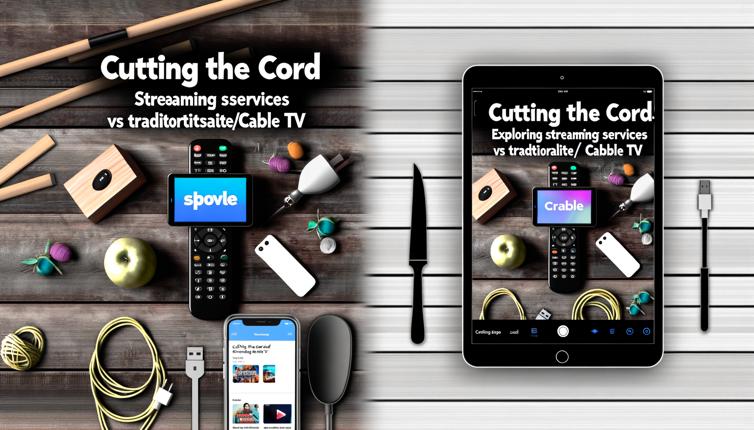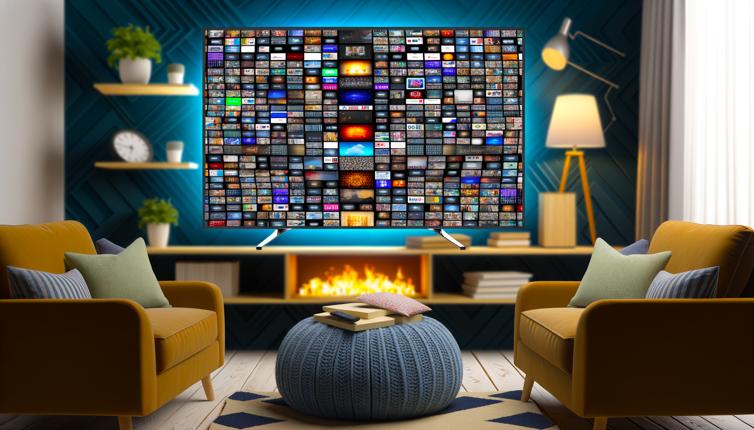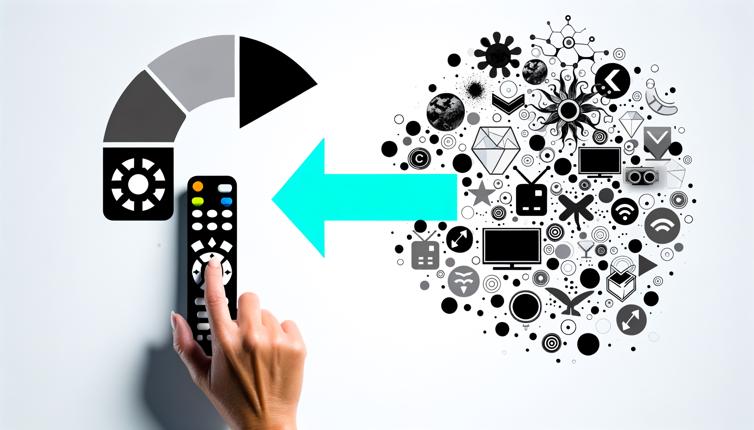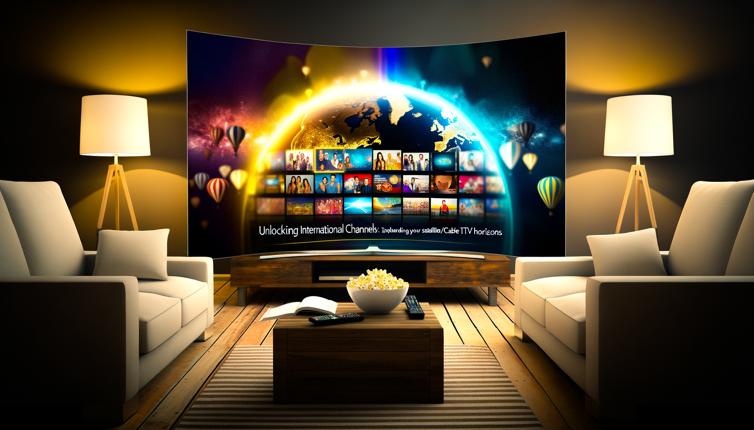What are streaming services?
Streaming services are platforms that allow users to watch TV shows, movies, and other content over the internet.,Unlike traditional TV, streaming services offer a more flexible and on-demand viewing experience. Users can choose what they want to watch and when they want to watch it.,Popular streaming services include Netflix, Hulu, Amazon Prime Video, and Disney+. These services offer a wide range of content, including original series and movies.,Streaming services are typically available on various devices, such as smartphones, tablets, smart TVs, and streaming devices like Roku or Apple TV.
Advantages of streaming services
One of the main advantages of streaming services is the convenience they offer. Users can access their favorite shows and movies anytime, anywhere, as long as they have an internet connection.,Streaming services also often provide a larger library of content compared to traditional TV. Users can explore a vast catalogue of movies and TV shows, including older classics and new releases.,Another advantage is the ability to customize and personalize the viewing experience. Many streaming services offer personalized recommendations based on user preferences, making it easier to discover new content.,Furthermore, streaming services often provide the option to watch content ad-free or with fewer ads compared to traditional TV channels.,Lastly, many streaming services offer the flexibility to cancel or subscribe on a monthly basis, allowing users to easily switch between different platforms as desired.
Disadvantages of streaming services
One of the main disadvantages of streaming services is the need for a stable and reliable internet connection. Without a fast internet connection, users may experience buffering or poor video quality.,Another downside is that subscribing to multiple streaming services can become costly. While individual subscriptions may seem affordable, the costs can quickly add up, especially if users want access to a wide range of content.,Additionally, streaming services may not always have the latest TV shows or movies. Some content may be exclusive to certain platforms or require additional fees.,Lastly, streaming services rely on licensing agreements to provide content. This means that popular shows or movies may be removed from the platform if the licensing agreement expires.,On the other hand, traditional satellite and cable TV usually offer a more reliable and consistent viewing experience. Users don't have to worry about internet connectivity or buffering issues.
Conclusion
Streaming services have revolutionized the way we consume TV shows and movies. They offer convenience, a wide range of content, and personalized recommendations. However, they also come with downsides such as the need for a stable internet connection and the potential cost of multiple subscriptions. Traditional satellite and cable TV still have their advantages, particularly in terms of reliability. Ultimately, the choice between streaming services and traditional TV depends on individual preferences and needs.









